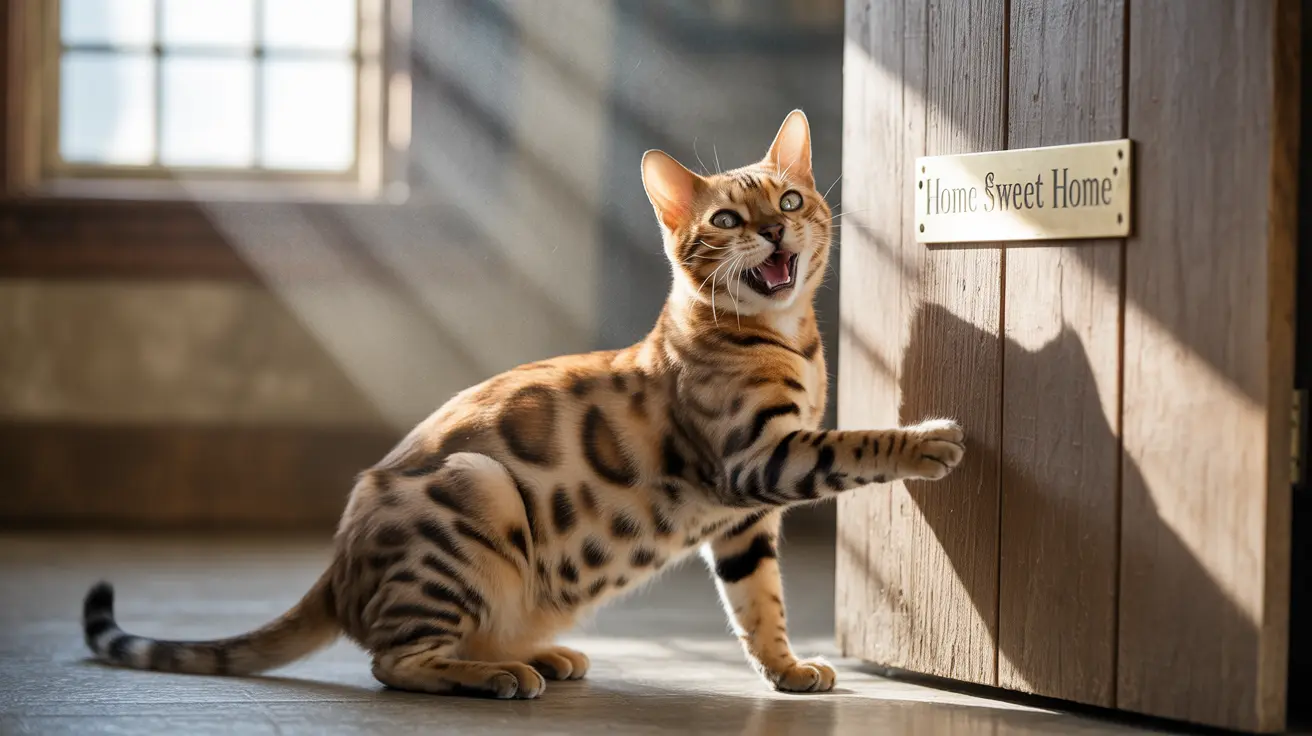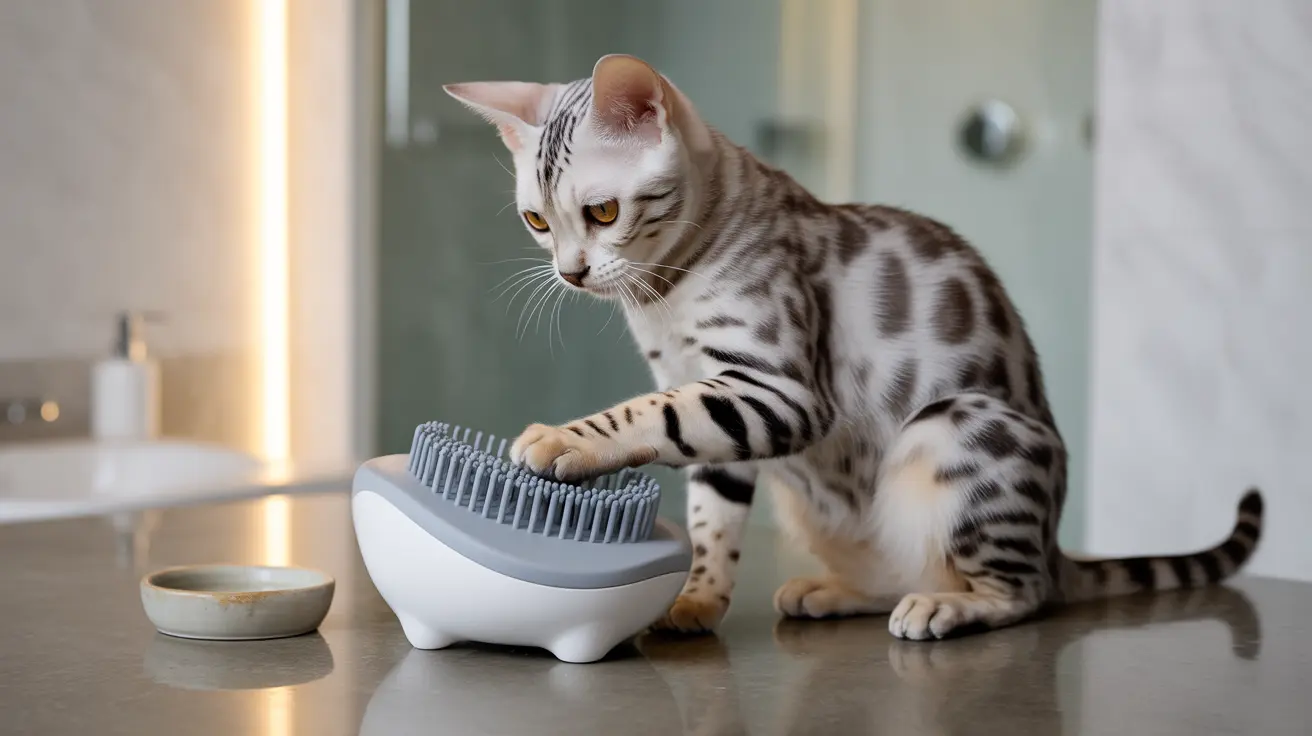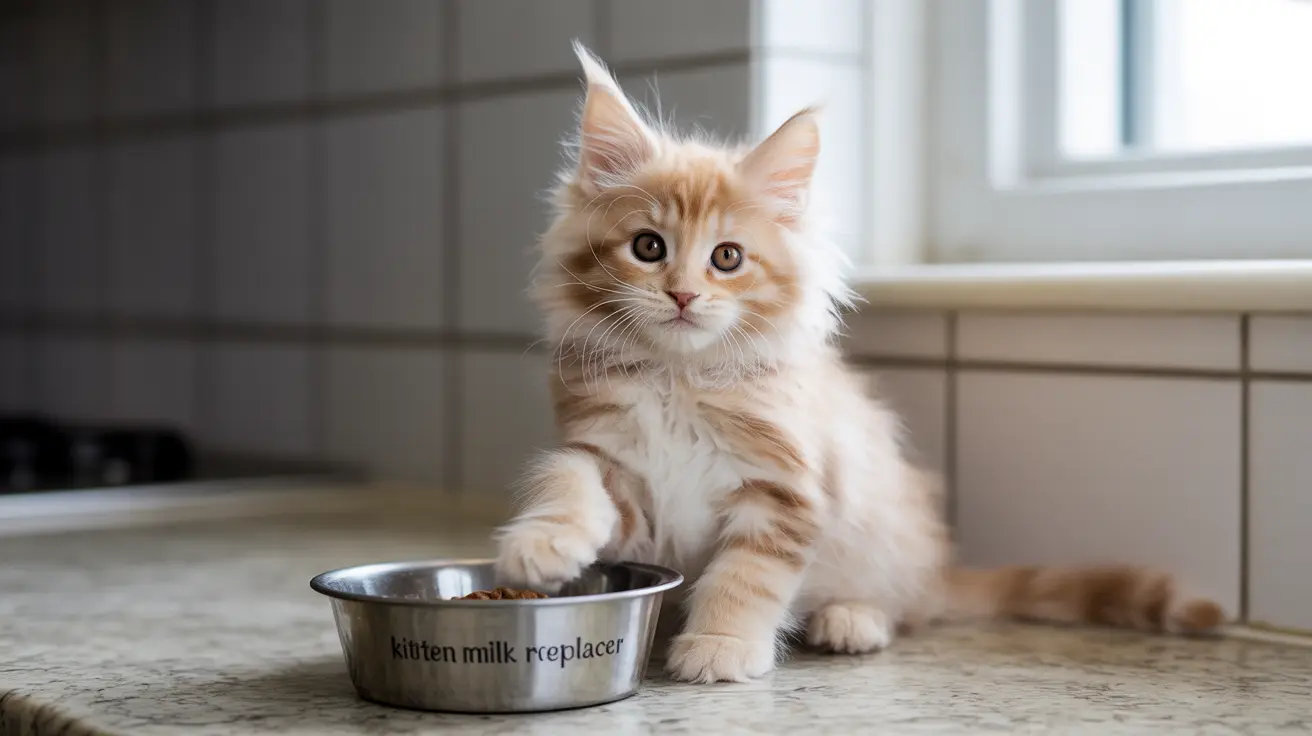Introduction
Many cat owners wonder how far a female cat in heat will travel, especially when concerns about escape and unwanted pregnancies arise. Unlike their male counterparts, female cats exhibit distinct behavioral patterns during their heat cycles that typically don't involve extensive traveling. Understanding these patterns is crucial for responsible pet ownership and ensuring your cat's safety during this challenging period.
This comprehensive guide explores the typical travel patterns of female cats in heat, their communication methods, and essential management strategies to keep them safe and comfortable during estrus.
Travel Distance and Territory Range
Female cats in heat generally stay within a surprisingly limited range of their home territory. Research indicates that indoor cats who escape during heat are typically found within 500 meters (approximately 0.3 miles) of their residence. This behavior stands in stark contrast to male cats, which may travel several miles in search of a mate.
Even outdoor-experienced females tend to remain within familiar territory during their heat cycle. Instead of actively searching for mates, they rely on powerful biological signals to attract potential suitors.
Communication Methods During Heat
Rather than traveling extensively, female cats use sophisticated communication methods to attract mates. They release powerful pheromones through urine marking that male cats can detect from up to a mile away. These chemical signals, combined with distinctive vocalizations known as "calling," effectively broadcast their reproductive status to potential mates in the area.
The loud, persistent yowling characteristic of cats in heat serves as a biological advertisement, eliminating the need for extensive travel. This evolutionary strategy helps preserve energy and reduces exposure to potential dangers.
Managing Heat Cycles and Prevention
Understanding that female cats typically stay close to home during heat helps owners implement effective management strategies. Securing doors and windows becomes crucial, as even indoor cats may attempt to escape. While they won't travel far, the risks associated with even short-distance escapes can be significant.
The most effective long-term solution for managing heat-related behaviors is spaying. This routine procedure eliminates heat cycles entirely and provides numerous health benefits, including reduced risk of certain cancers and infections.
Safety Considerations and Risk Prevention
Despite their tendency to stay close to home, female cats in heat face various risks. The presence of their powerful pheromones can attract multiple male cats to the area, potentially leading to territorial disputes and unwanted attention. Additionally, even short-distance escapes can expose cats to dangers such as traffic, predators, or hostile animals.
Implementing preventive measures such as microchipping, secure window screens, and vigilant supervision during heat cycles helps ensure your cat's safety during this vulnerable time.
Frequently Asked Questions
How far will a female cat in heat typically travel from home?
Female cats in heat typically stay within 500 meters (0.3 miles) of their home, especially if they're primarily indoor cats. They rely more on attracting mates through scent and vocalization rather than actively traveling to find them.
Why do female cats in heat usually stay close instead of roaming far to find a mate?
Female cats have evolved to use efficient communication methods like scent marking and vocalizations to attract mates, making extensive travel unnecessary. This strategy conserves energy and reduces their exposure to potential dangers.
What signs indicate a female cat is in heat and may try to escape outdoors?
Common signs include excessive vocalization (yowling), restlessness, rolling on the floor, increased affection, spraying urine, and attempts to escape through doors or windows. These behaviors typically intensify during the peak of the heat cycle.
How can I prevent my female cat from roaming or escaping during her heat cycle?
Secure all potential escape routes, including windows and doors. Provide extra attention and enrichment activities to help manage restlessness. Consider using pheromone diffusers to help calm your cat, and maintain strict supervision during this period.
What are the benefits of spaying my female cat to manage heat-related behaviors?
Spaying eliminates heat cycles completely, preventing unwanted pregnancies and reducing the risk of certain cancers. It also stops problematic behaviors like yowling and urine marking, leading to a calmer, healthier cat and a more peaceful household.
Conclusion
While female cats in heat may attempt to escape, their natural instinct is to stay within a relatively small territory while attracting mates through biological signals. Understanding this behavior helps owners implement appropriate safety measures and management strategies. For most pet owners, spaying remains the most effective long-term solution for preventing heat-related concerns while ensuring their cat's health and well-being.






